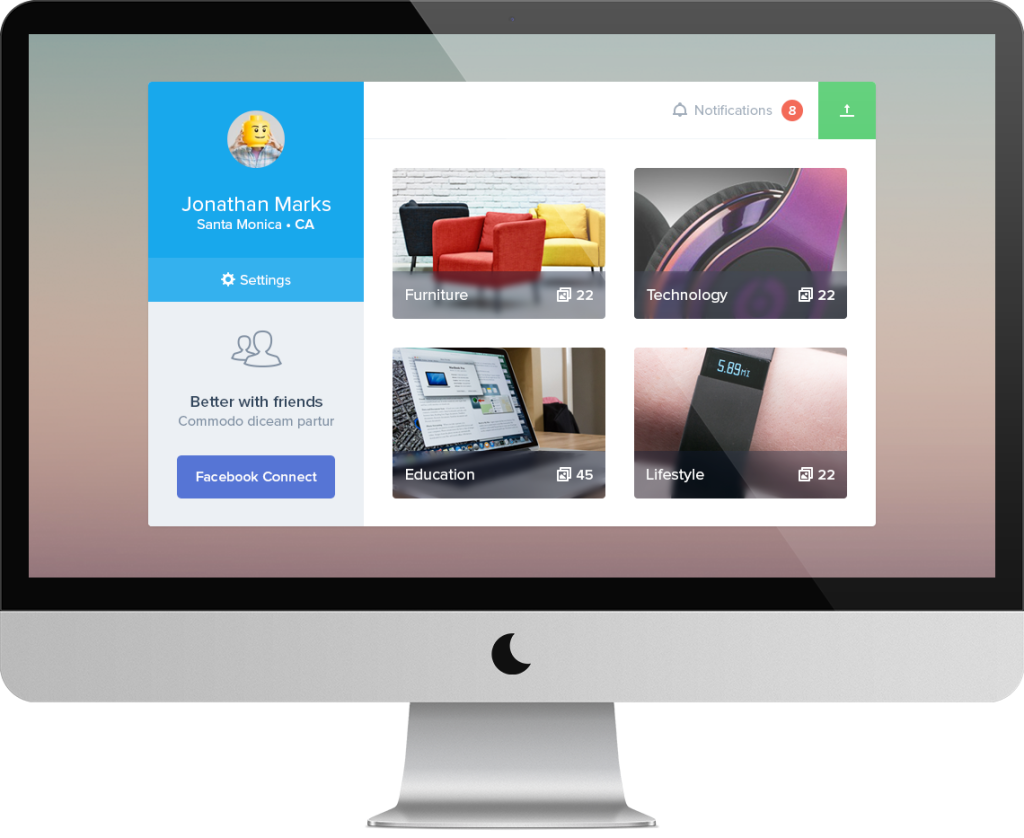Designing a Store Website: Key Tips for Success
Creating a successful e-commerce website is about much more than just putting products online. It’s about crafting an experience that’s visually appealing, easy to navigate, and optimized for sales. Whether you’re building a small boutique or a large online retailer, the design of your website plays a critical role in converting visitors into customers. Below are some key strategies to keep in mind when designing your store website.
1. Understand Your Audience
Before you dive into design, understand who your target customers are. Tailor your website’s aesthetics and functionality to their preferences and behaviors. Consider the following:
- Demographics: Age, gender, location, and income can all impact your design choices.
- Psychographics: What are their motivations and pain points? What values or lifestyles do they resonate with? Understanding these helps you craft an experience that appeals to them emotionally and practically.
2. Mobile Optimization
More and more consumers are shopping on their smartphones, so it’s critical that your store website is mobile-friendly. Google even uses mobile-first indexing, meaning the mobile version of your site will be the version that’s ranked in search results. A mobile-optimized website should:
- Have a responsive design (automatically adjusts to different screen sizes)
- Be easy to navigate with touch gestures
- Load quickly to prevent drop-offs (aim for under 3 seconds)
3. Streamlined Navigation
Visitors should be able to find what they’re looking for with minimal effort. The navigation should be intuitive and user-friendly. Consider:
- Simple menus: Group products into categories and subcategories that make sense.
- Search bar: A prominent search bar at the top of every page lets users quickly find specific items.
- Filter options: Allow users to filter products by attributes such as price, size, color, etc.
4. High-Quality Visuals
Product images are one of the most important factors in an online store’s success. Since shoppers can’t touch or try on items, they rely heavily on visuals to make a purchasing decision.
- Use high-resolution images that show the product from multiple angles.
- Consider adding zoom features or 360-degree views for a closer look.
- Include videos where relevant (e.g., product demonstrations).
5. Clear Calls to Action (CTAs)
Your website’s calls to action should be easy to identify and compelling. Each page should have a clear purpose—whether it’s encouraging visitors to make a purchase, join a newsletter, or read more about a product. Common CTAs include:
- Add to Cart
- Buy Now
- Sign Up
- Learn More Make these buttons stand out with a contrasting color, and ensure they’re easy to click (especially on mobile).
6. Fast Load Times
Slow-loading websites are one of the top reasons people abandon their carts. In fact, studies show that a 1-second delay in page load time can reduce conversions by 7%. To optimize speed:
- Compress images and videos without sacrificing quality.
- Minimize the use of heavy scripts or third-party integrations.
- Use a reliable web host and a Content Delivery Network (CDN) to speed up loading times.
7. Easy Checkout Process
The checkout process should be as simple and frictionless as possible. Long, complicated checkout flows lead to cart abandonment. Key tips for an optimized checkout process include:
- Allow guest checkout (don’t require users to create an account).
- Provide multiple payment options (credit cards, PayPal, Apple Pay, etc.).
- Include a visible progress indicator during the checkout process.
- Offer free or transparent shipping rates.
8. Trust and Security
Building trust with your customers is crucial, especially in e-commerce where users are concerned about fraud and security. Show that your site is safe by:
- Displaying trust badges (e.g., SSL encryption, secure payment options).
- Adding customer reviews and testimonials to build credibility.
- Including a clear return and refund policy.
- Providing visible contact information and customer support options.
9. SEO Optimization
SEO (Search Engine Optimization) is essential for driving organic traffic to your store. To optimize your e-commerce site for search engines:
- Use relevant keywords in product descriptions, titles, and meta tags.
- Write unique and engaging product descriptions to avoid duplicate content.
- Ensure your website is crawlable by search engines by using clean code, fast load speeds, and a user-friendly structure.
- Optimize images with descriptive alt text.
10. Brand Consistency
Your website should reflect your brand’s identity consistently across every page. This includes:
- Color scheme: Stick to a few key colors that match your brand’s logo and overall aesthetic.
- Typography: Choose fonts that are readable and aligned with your brand personality.
- Tone of voice: Use a consistent tone in your copy, whether it’s formal, playful, or conversational.
11. Customer Support Integration
Offer customer support throughout the shopping journey to help guide users and resolve issues quickly. Some options include:
- Live chat widgets for instant assistance.
- A clear and accessible FAQ section.
- Contact forms or direct email support.
12. Test and Iterate
Once your store is live, the work is far from over. Regularly test different elements of your website to optimize conversions. A/B testing, user feedback, and analytics will provide insights on what’s working and what isn’t. Keep iterating on your design to ensure it’s always improving.
Conclusion
Designing a store website involves blending aesthetics, functionality, and user experience to create a platform where shoppers feel comfortable and compelled to make a purchase. By focusing on mobile optimization, clear navigation, fast load times, and building trust, you can create a website that encourages repeat customers and fosters business growth. Always keep your audience at the forefront of your design decisions, and be ready to evolve based on their needs and feedback.

